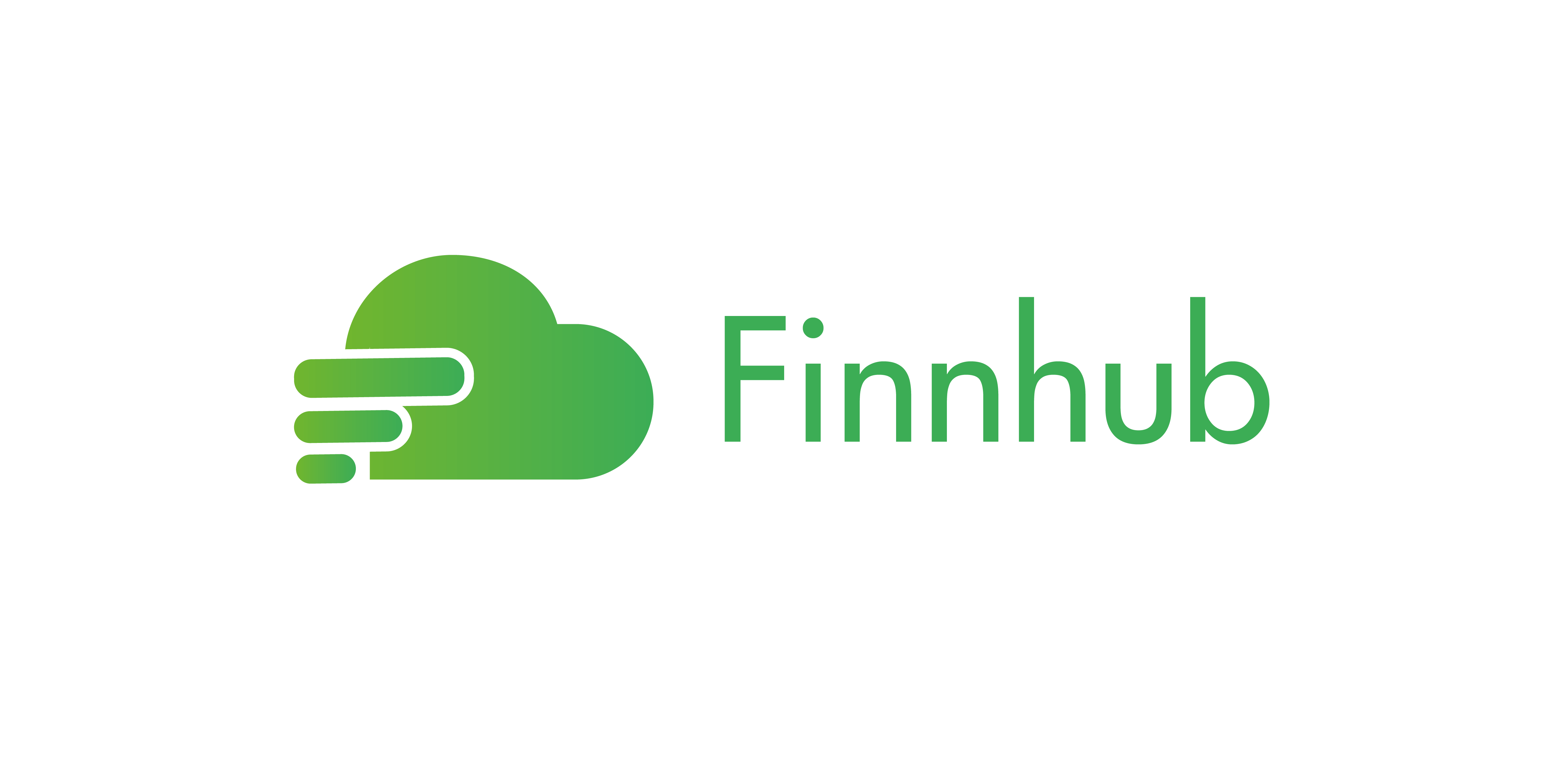Chewy takes on the competition
CHWY
By Adrien Chavanne
Chewy is the largest online retailer of pet supplies in the United States, with 20 million active customers and a wide range of 115,000 items from 3,500 brands. Chewy has a market share of around 33%.
The pet care market is set to enjoy a bright future. The pandemic has contributed to an increase in adoptions, and the trend towards the "humanization" of pets is driving owners to spend more on food, entertainment and care. Adoptions of exotic pets such as birds and reptiles have created new needs. As a result, the market is becoming less cyclical, less dependent on the strength of the economy, because even in times of recession or slow economic growth, consumers now regard spending on their pets as essential.
Chewy also benefits from its exclusively online model, favored by customers who often have to travel out of town to find a specialized store. The decentralized model also avoids high land costs, even if these are more or less replaced by logistics costs: a major challenge given the size of the products sold, most of which are heavy and bulky. To achieve a balance on this last point, volume is essential. For this, Chewy has a solid base of over 20 million customers. Over the past 3 years, this base has not grown. In fact, it has fallen from 20.7 million to 20.2 million. Yet, at the same time, the average basket per active customer has risen sharply from $434 to $567: a sign of Chewy's pricing power and ability to build customer loyalty. It should be noted that the slowdown in growth is also due to a normalization of the market, with pandemic years particularly propitious.
Trend in number of active customers and average basket per active customer (source: Chewy)
What are the levers for future growth?
In the future, growth could well come from the international arena, following the example of last year's move into Canada: opportunities exist all over the world. In Europe, for example, several companies are taking advantage of strong demand: at the beginning of the year, Nestlé invested nearly EUR500m in the opening of a pet food factory in Italy. A few months earlier, Virbac, a laboratory specializing in animal health, announced the opening of a production site for dog and cat food and dietary supplements in Nimes, France. Mars Petcare, the agro-industrial giant's division, has also announced similar investments.
Chewy also aims to broaden its offering: in addition to the countless references available for sale, the company still has room for growth in pharmaceuticals and services such as telehealth and wellness plans.
Last but not least, Chewy can capitalize on what it knows best: customer support is flawless, with a personal and immediately available customer service, marketing is particularly effective, prices are competitive and the delivery service is optimized.
These advances should lead to considerable efficiency gains, at both operational and technological levels. Chewy is a fast-growing company - founded in 2011 and listed since 2019 - and margins are set to improve year on year. For the moment, the group is just breaking even, with profits of less than $50 million in 2022 and 2023 on sales of over $10 billion.
Analysts expect margins to continue to improve. The operating margin is expected to reach 2.6% in 2027. Not much, indeed. As we've said, Chewy needs volume to be profitable. But online distribution is a very low-margin market. The high profitability of players like Amazon or MercadoLibre is largely due to other business lines such as cloud or payment solutions.
Year-end targets
The stock is no longer very far from its 2019 IPO level. Since then, sales have doubled and the company is generating profits. In the meantime, the company has been hit hard by competition from new players, independent brands and, above all, Amazon, which has grabbed a sizeable share of the market in a short space of time. Chewy will therefore have to adapt to this variable over the next few years. In the meantime, the valuation remains fairly affordable, with an enterprise value to free cash flow ratio of 25x this year and less than 20x in 2027. By then, analysts may have raised their expectations. In any case, that's what we can expect, given that the company regularly exceeds expectations. Something to keep an eye on for this young growth company.
Adrien Chavanne
